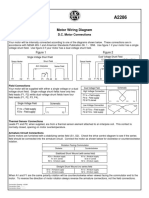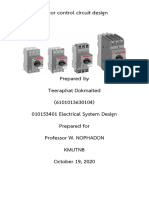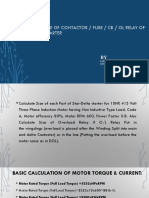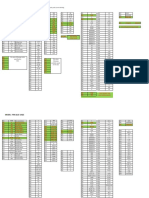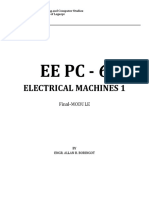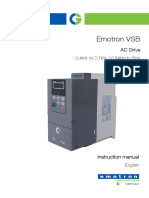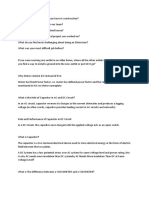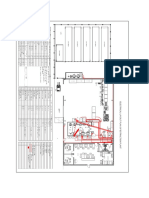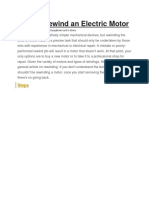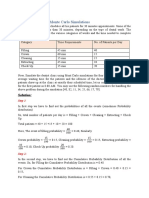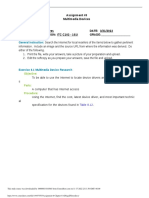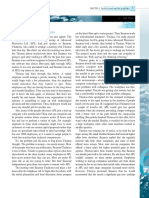100% found this document useful (1 vote)
3K views3 pagesTwo Speed Motors
Two speed electric motors can have either two separate windings or a Dahlander winding. Two separate windings allow for different pole numbers and speed ratios, while Dahlander winding is limited to ratios like 2:4, 4:8, or 6:12. Connection types for the windings include Delta/Delta, Wye/Wye, and Delta/Wye. An engine room blower motor was rewound, having a two separate winding consisting of a 6-pole and 12-pole configuration in 72 slots. The rewinding process involved removing the existing windings, cleaning the slots, reinserting new windings in the proper patterns, and testing before reassembly.
Uploaded by
sandun7Copyright
© © All Rights Reserved
We take content rights seriously. If you suspect this is your content, claim it here.
Available Formats
Download as DOCX, PDF, TXT or read online on Scribd
100% found this document useful (1 vote)
3K views3 pagesTwo Speed Motors
Two speed electric motors can have either two separate windings or a Dahlander winding. Two separate windings allow for different pole numbers and speed ratios, while Dahlander winding is limited to ratios like 2:4, 4:8, or 6:12. Connection types for the windings include Delta/Delta, Wye/Wye, and Delta/Wye. An engine room blower motor was rewound, having a two separate winding consisting of a 6-pole and 12-pole configuration in 72 slots. The rewinding process involved removing the existing windings, cleaning the slots, reinserting new windings in the proper patterns, and testing before reassembly.
Uploaded by
sandun7Copyright
© © All Rights Reserved
We take content rights seriously. If you suspect this is your content, claim it here.
Available Formats
Download as DOCX, PDF, TXT or read online on Scribd
/ 3



